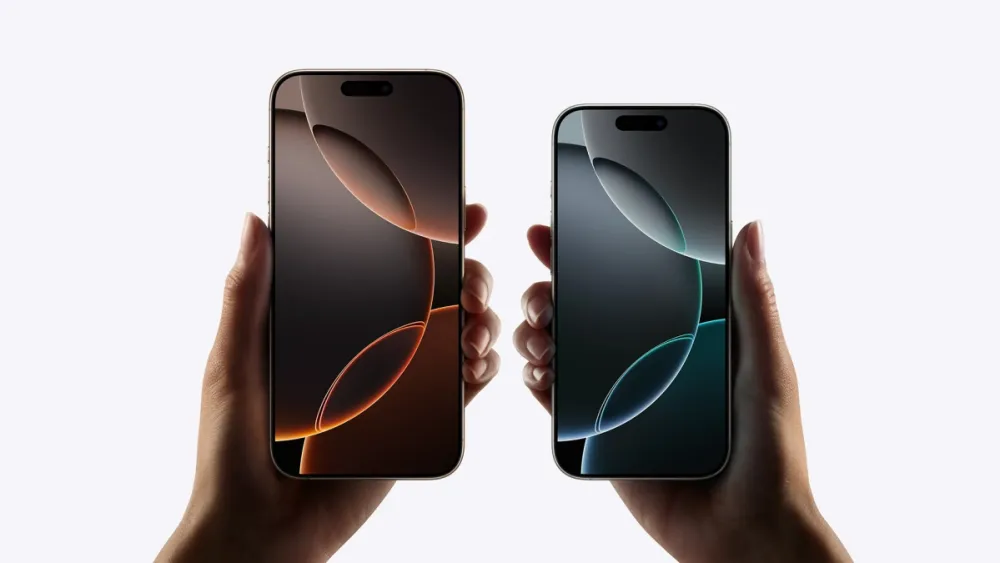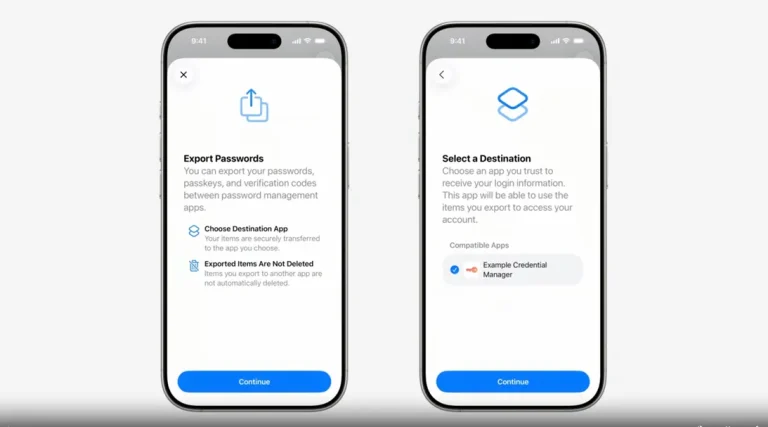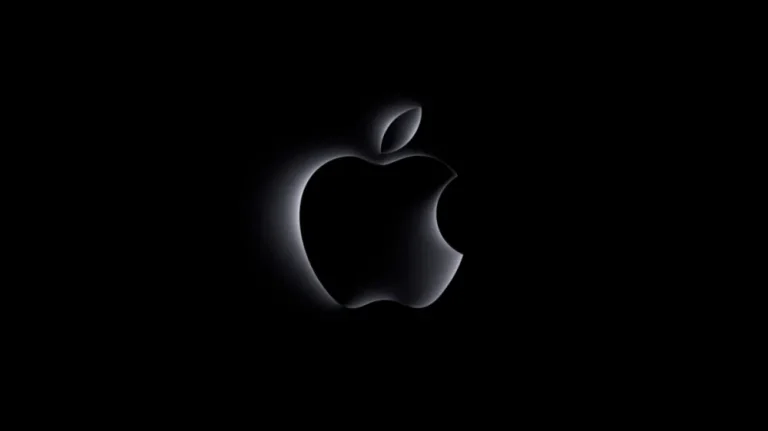
According to a report by Bloomberg journalist Mark Gurman, Apple is expected to reduce the footprint of the “Dynamic Island” in next year’s iPhone models, thereby expanding the usable display area and moving steadily toward a truly full-screen experience. However, the realization of a completely holeless “true full-screen iPhone” is anticipated in 2027, coinciding with the 20th anniversary of the iPhone and serving as one of the key highlights of the commemorative model.
Gurman notes that this special anniversary edition will not only feature an entirely uninterrupted display, free from any perforations, but will also adopt a more fluid, rounded-edge body design. It will be complemented by ultra-slim bezels and an all-new under-display Face ID system, offering a seamless visual and tactile experience that embodies the “Liquid Glass” design language introduced at WWDC 2025.
Reports have already indicated that the iPhone 18 Pro series, slated for release in 2026, will incorporate under-display Face ID, retaining only a small circular cutout in the upper-left corner for the front-facing camera—effectively retiring the current pill-shaped module. This aligns with Gurman’s assertion that the 2026 iPhone will debut a more compact Dynamic Island design.
Judging by the deliberate pace of these design refinements, it’s evident that Apple is not rushing to implement under-display Face ID. Instead, it is taking a gradual and measured approach to ensure both technological maturity and high production yield. Meanwhile, Android manufacturers continue to advance their own under-display camera technologies, although previous implementations have often fallen short in terms of user experience.
If Apple’s timeline proceeds as planned, the 2027 iPhone will not only represent a leap forward in design aesthetics, but also stand as a landmark tribute to two decades of iPhone innovation.


